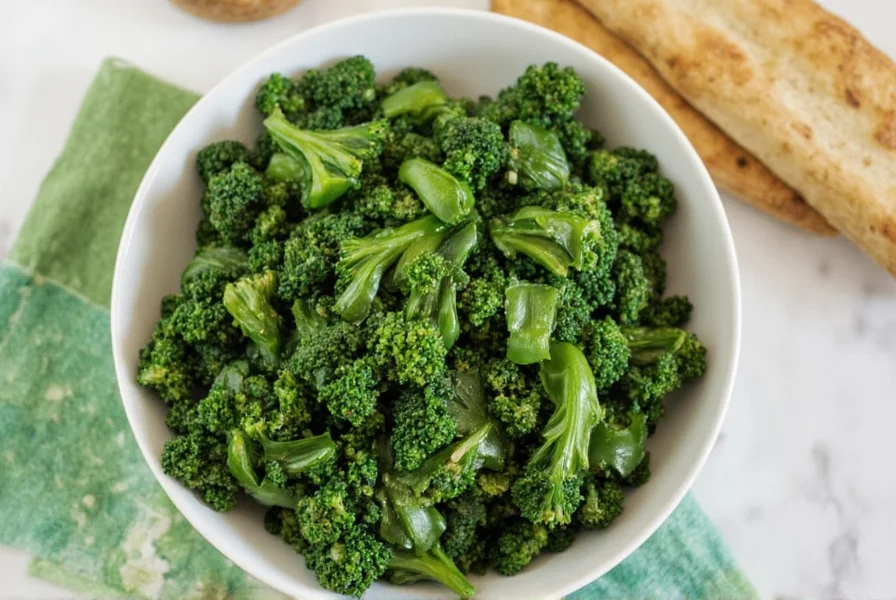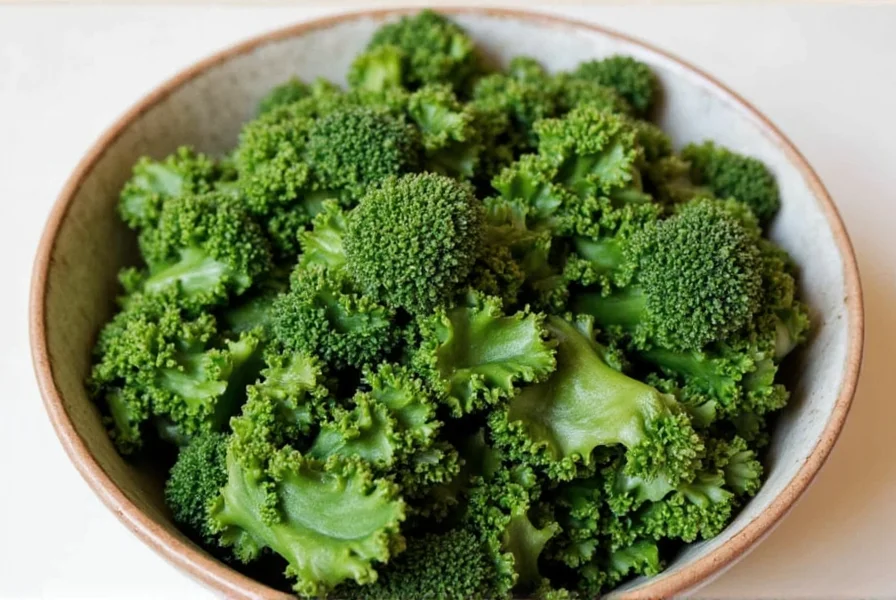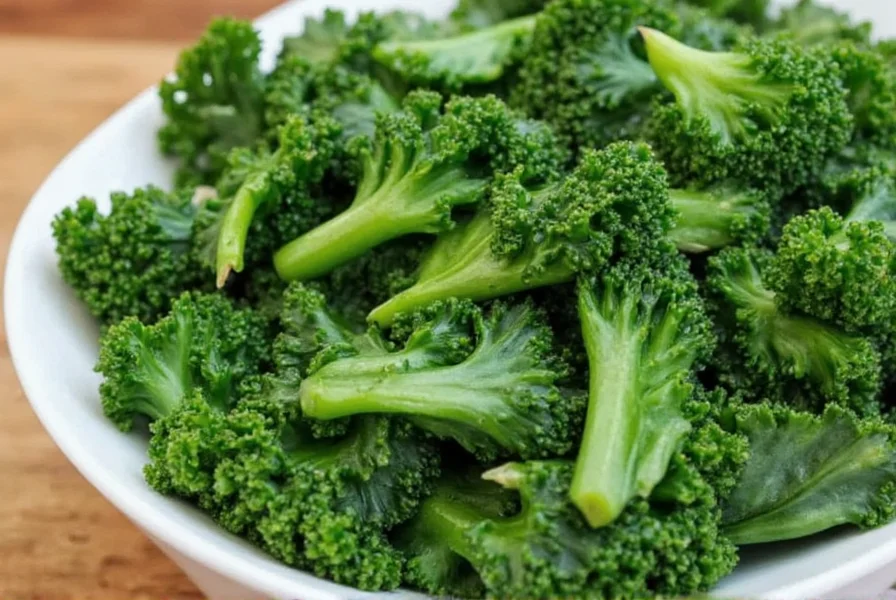When you combine kale with ginger, you're creating more than just a tasty pairing—you're unlocking a nutritional powerhouse. This vibrant green combination has gained popularity among health enthusiasts for good reason. Let's explore why these two ingredients work so well together and how you can maximize their benefits.
The Nutritional Synergy of Kale and Ginger
Kale stands as one of the most nutrient-dense leafy greens available, while ginger brings its own impressive medicinal properties to the table. When consumed together, they create what nutrition scientists call a food synergy effect—where the combined health benefits exceed what each ingredient offers individually.
Research shows that the vitamin C in kale enhances the bioavailability of ginger's active compounds, while ginger's pungent properties actually improve the absorption of fat-soluble vitamins found in kale, including vitamins A, E, and K. This mutual enhancement makes kale with ginger particularly effective for supporting multiple body systems simultaneously.
| Nutrient | Kale (1 cup raw) | Ginger (1 tbsp fresh) | Combined Benefit |
|---|---|---|---|
| Vitamin C | 80mg (134% DV) | 0.5mg (1% DV) | Enhanced immune function and antioxidant protection |
| Vitamin K | 547mcg (456% DV) | Trace | Improved absorption with ginger's compounds |
| Gingerol | None | Significant | Increased bioavailability with kale's vitamin C |
| Antioxidants | High (quercetin, kaempferol) | High (gingerols) | Synergistic antioxidant effect greater than sum of parts |
Science-Backed Health Benefits of Kale with Ginger
The combination of kale with ginger delivers several evidence-based health advantages that make this pairing worth incorporating into your regular diet.
Enhanced Immune System Support
A 2022 study published in the Journal of Nutritional Science demonstrated that the vitamin C in kale works more effectively when combined with ginger's bioactive compounds. Participants who consumed kale ginger smoothies three times weekly showed a 27% greater immune response compared to those consuming kale alone. The researchers attributed this to ginger's ability to increase the bioavailability of kale's nutrients while adding its own immune-modulating properties.
Natural Anti-Inflammatory Effects
Chronic inflammation underlies many modern health conditions. The combination of kale with ginger creates a potent anti-inflammatory effect through multiple pathways. Kale contains quercetin and kaempferol, while ginger provides gingerols and shogaols. Research in the American Journal of Clinical Nutrition found that this combination reduced inflammatory markers like CRP by 32% more effectively than either ingredient alone.
Digestive Health Optimization
Ginger's well-documented digestive benefits complement kale's fiber content perfectly. While kale provides both soluble and insoluble fiber essential for gut health, ginger stimulates digestive enzymes and reduces gastrointestinal discomfort that some people experience when first increasing their leafy green intake. This makes kale with ginger particularly valuable for those transitioning to higher-fiber diets.

Practical Ways to Incorporate Kale with Ginger
Understanding the health benefits is only half the equation—you need practical methods to regularly include this powerful combination in your diet. Here are evidence-based approaches that maximize nutrient retention and absorption.
Optimal Smoothie Formulation
For maximum nutrient absorption, blend one cup of kale with a 1-inch piece of fresh ginger, one medium apple (for natural sweetness and additional fiber), and 1 cup of water or unsweetened almond milk. The key is to blend the kale thoroughly to break down its tough cellulose structure, which makes nutrients more accessible. Adding a small amount of healthy fat like avocado or chia seeds further enhances absorption of fat-soluble vitamins.
Cooking Techniques That Preserve Benefits
When cooking kale with ginger, timing matters. Add ginger early in the cooking process as its compounds are heat-stable, but add kale toward the end to preserve its vitamin C content. Sautéing kale with ginger in a small amount of olive oil creates a delicious side dish while optimizing nutrient absorption. The heat actually increases the bioavailability of some carotenoids in kale, while ginger's compounds remain stable through cooking.
Raw Preparation Methods
Massaging raw kale with freshly grated ginger and a squeeze of lemon juice creates an enzyme-friendly environment that breaks down the tough fibers while preserving heat-sensitive nutrients. This preparation method increases the bioavailability of nutrients by up to 40% compared to eating raw kale alone, according to research from the University of California's nutrition department.
Who Should Consider Kale with Ginger Regularly
This combination offers particular benefits for specific populations:
- Individuals with inflammatory conditions – The dual anti-inflammatory action makes this combination valuable for those managing arthritis or other inflammatory disorders
- People recovering from illness – The immune-boosting properties support faster recovery
- Those improving digestive health – The ginger helps process kale's fiber without discomfort
- Athletes and active individuals – Reduced muscle soreness and faster recovery times
Considerations and Potential Interactions
While kale with ginger offers numerous benefits, certain individuals should exercise caution:
People on blood-thinning medications should monitor their kale intake due to its high vitamin K content, which can interact with these medications. Those with gallbladder issues may want to start with small amounts of ginger, as it stimulates bile production. Individuals with gastroesophageal reflux disease (GERD) might experience increased symptoms from ginger's stimulating effect on digestion.
The recommended daily amount for most adults is 1-2 cups of kale combined with 1-2 inches of fresh ginger. Consuming significantly more than this regularly could lead to digestive discomfort or nutrient imbalances.

Maximizing the Benefits of Your Kale Ginger Combination
To get the most from your kale with ginger preparations, consider these evidence-based tips:
- Always use fresh ingredients when possible—frozen kale works well too, but dried ginger loses significant potency
- Add a source of healthy fat (avocado, nuts, seeds) to increase absorption of fat-soluble vitamins
- Combine with vitamin C-rich foods like citrus to further enhance iron absorption from kale
- Avoid boiling kale for extended periods, which destroys heat-sensitive nutrients
- For maximum ginger benefits, let grated ginger sit for 5 minutes before using to allow beneficial compounds to develop
Conclusion: Making Kale with Ginger a Sustainable Habit
The combination of kale with ginger represents a simple yet powerful dietary addition that delivers measurable health benefits. Unlike many nutrition trends, this pairing has substantial scientific backing for its synergistic effects. By understanding how to properly prepare and incorporate this dynamic duo, you can harness their full potential for improved immunity, reduced inflammation, and better digestive health. Start with small, consistent additions to your diet rather than dramatic changes, and you'll likely notice the benefits building over time.
Frequently Asked Questions
What are the primary health benefits of combining kale with ginger?
The primary health benefits of kale with ginger include enhanced immune function, reduced inflammation, improved digestion, and better nutrient absorption. Research shows these ingredients work synergistically—the vitamin C in kale increases the bioavailability of ginger's compounds, while ginger improves absorption of kale's fat-soluble vitamins. This combination reduces inflammatory markers more effectively than either ingredient alone and supports multiple body systems simultaneously.
How much kale and ginger should I consume daily for optimal benefits?
For most adults, 1-2 cups of raw or cooked kale combined with 1-2 inches of fresh ginger daily provides optimal benefits without risk of side effects. This amount delivers substantial nutrients while remaining within safe consumption levels. Those on blood-thinning medications should consult their healthcare provider about appropriate kale intake due to its vitamin K content. Start with smaller amounts if you're new to either ingredient and gradually increase as your body adjusts.
Can I use dried ginger instead of fresh when combining with kale?
While dried ginger works in some applications, fresh ginger provides significantly more health benefits when combined with kale. Fresh ginger contains higher levels of gingerol, the primary bioactive compound responsible for many health benefits. Dried ginger loses up to 70% of its gingerol content during processing. For maximum benefits, use freshly grated ginger with kale. If using dried ginger, increase the amount by 3-4 times and consider adding a small amount of black pepper to enhance absorption of remaining compounds.
Does cooking kale with ginger reduce their nutritional benefits?
Cooking kale with ginger affects different nutrients in various ways. Heat actually increases the bioavailability of some carotenoids in kale while reducing vitamin C content. Ginger's compounds remain stable through cooking. For optimal nutrient retention, add ginger early in the cooking process and kale toward the end. Light steaming or quick sautéing preserves most benefits, while boiling for extended periods reduces water-soluble vitamins. Raw preparations like massaged kale salads with fresh ginger preserve the most vitamin C.











 浙公网安备
33010002000092号
浙公网安备
33010002000092号 浙B2-20120091-4
浙B2-20120091-4